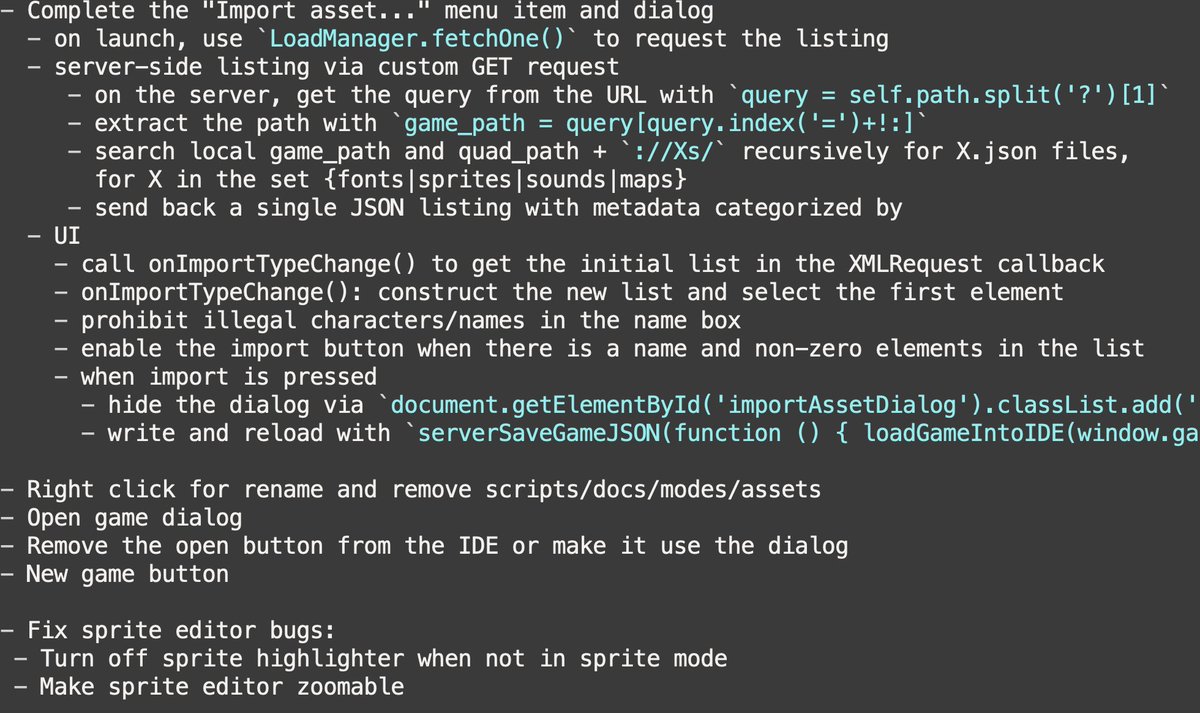
Roblox Chief Scientist
U.Waterloo & McGill Prof.
@morgan3d.bsky
Known for NVIDIA, Unity, Graphics Codex, Markdeep, G3D, Skylanders, E Ink, Titan Quest, Williams
2 subscribers
How to get URL link on X (Twitter) App

https://twitter.com/mmalex/status/1450089720915050500Linear intERPolation (lerp) operates on values that compose by addition. To apply lerp to values that compose by multiplication, we need to turn multiplication into addition.





 "The graphics wheel of reincarnation," described by Myer and Sutherland. This is an observation in the vein of Moore's Law. It means that every ten years or so, the same ideas come back into popularity in graphics. Such as: fixed function shading, vector processing, & ray tracing
"The graphics wheel of reincarnation," described by Myer and Sutherland. This is an observation in the vein of Moore's Law. It means that every ten years or so, the same ideas come back into popularity in graphics. Such as: fixed function shading, vector processing, & ray tracing


 Solid Angle Arnold: kicked off the path tracer revolution
Solid Angle Arnold: kicked off the path tracer revolution